2015 Sacramento, California, USA
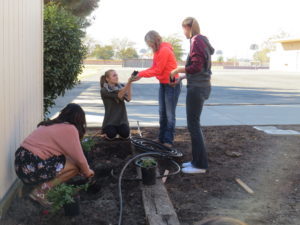
Colusa High School Students Gabriel Garcia and Jennifer Pulido identified an area of their campus that was in need of improvement. It was a large area of bare ground that, in the event of a storm, would become a source of excess sediment due to surface runoff from the school. It was also a highly visible spot that would make an excellent gathering place for students during lunch or outdoor learning opportunities.
Their idea was to implement a landscaping project in this area with native, drought tolerant species. Their project would demonstrate the use of native species that require less watering, and do not need fertilizers and pesticides, thus addressing issues of water quantity and quality.
They hoped to beautify their campus, reduce sediment delivery, and create habitat, but also to inspire other members of their community to landscape with water conservation in mind as well.
After Gabriel and Jennifer took 6th place in the Caring for Our Watersheds Final Competition, they wanted to make their idea come to life. With the help of the students of their school’s Environmental Science Academy, their project was accomplished. With the help of Caring for Our Watersheds project funds, high traffic areas of the site were covered with fabric and gravel, landscape beds were built around the perimeter, drip irrigation installed, and native species planted.
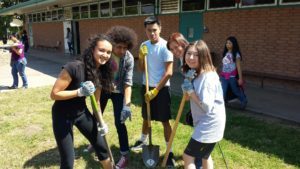
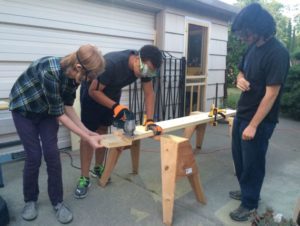
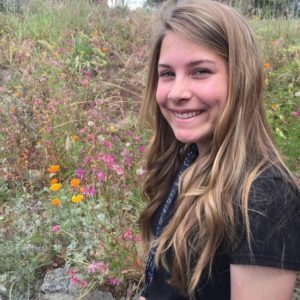
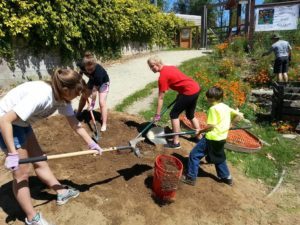
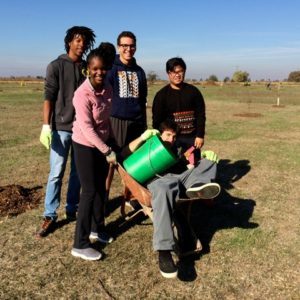
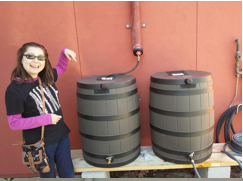
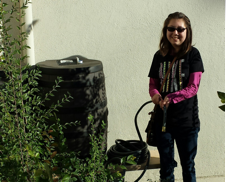
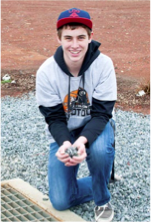
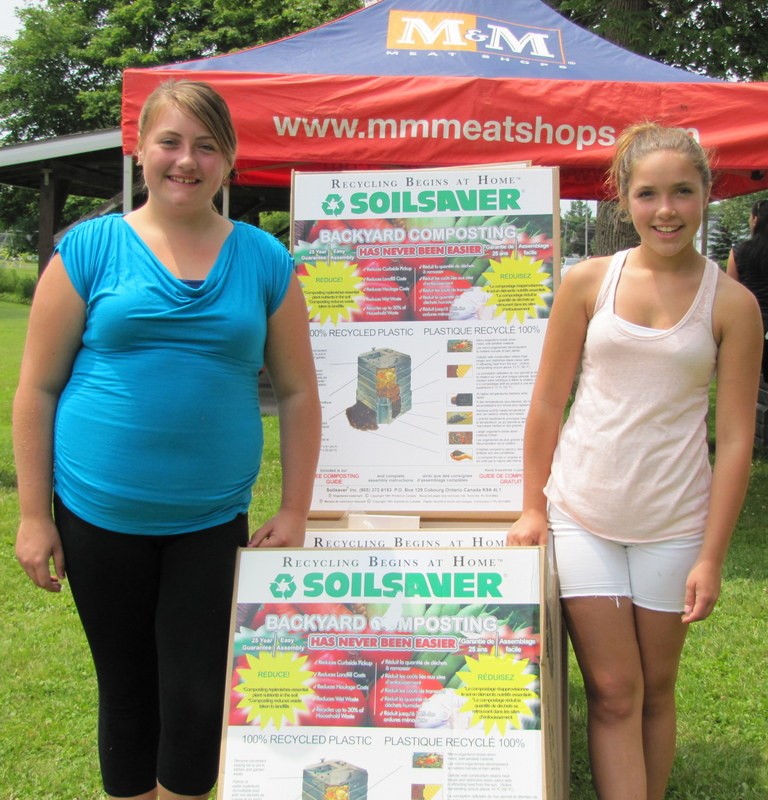
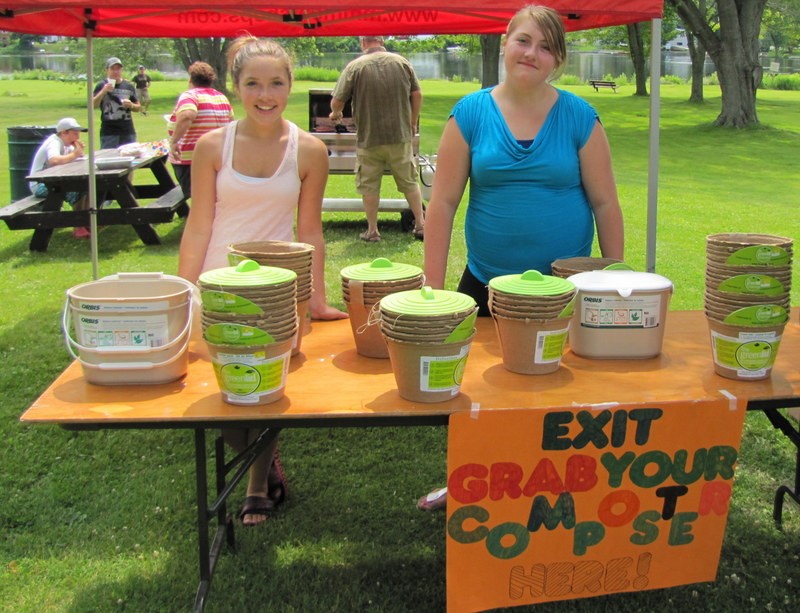 The end result of their hard work was giving away 100 composters to people in the Campbellford community. They hope that this will turn into a ripple effect and that people in their community will continue to spread the word.
The end result of their hard work was giving away 100 composters to people in the Campbellford community. They hope that this will turn into a ripple effect and that people in their community will continue to spread the word.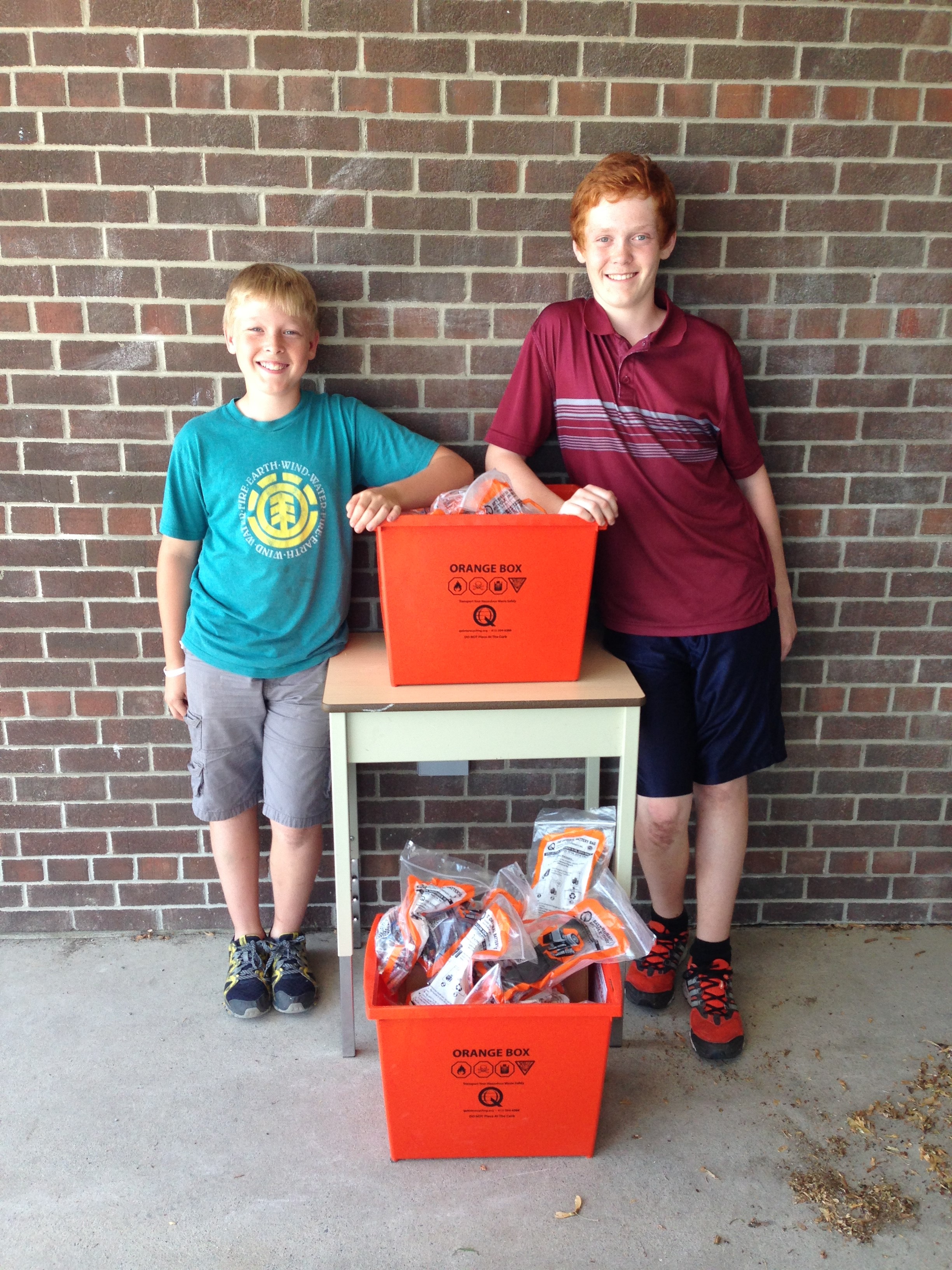
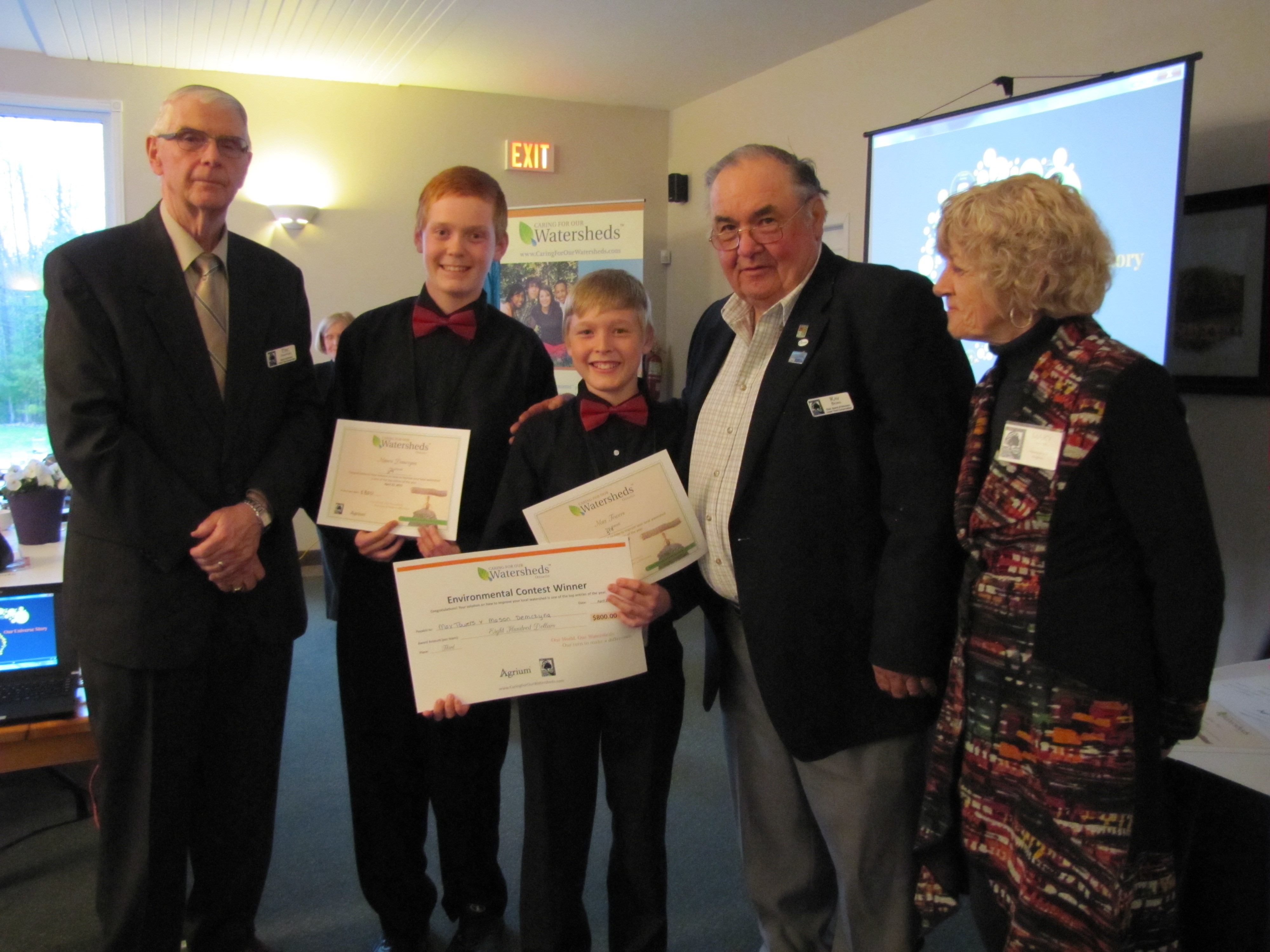 Mason and Max have already held a battery drive at their school where they collected approximately $4,000 batteries. As they are in grade 7 they will be returning to Murray Centennial in the fall of 2015 and plan to hold several battery drives in the 2015-2016 school year. Caring for our Watersheds implementation funding will be used to print educational materials promote the importance of recycling batteries and their collection program.
Mason and Max have already held a battery drive at their school where they collected approximately $4,000 batteries. As they are in grade 7 they will be returning to Murray Centennial in the fall of 2015 and plan to hold several battery drives in the 2015-2016 school year. Caring for our Watersheds implementation funding will be used to print educational materials promote the importance of recycling batteries and their collection program.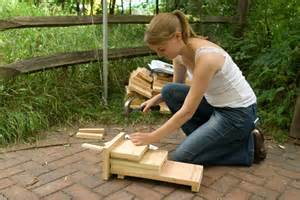
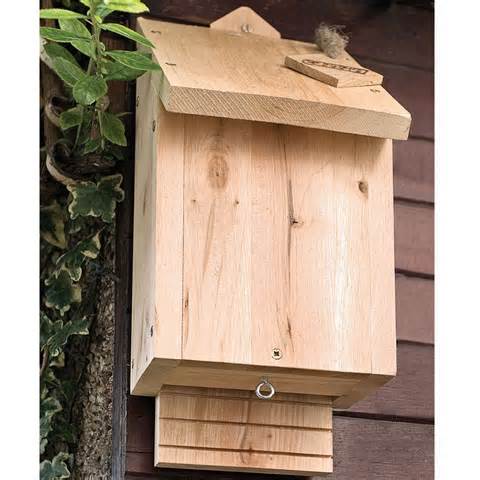 quality of our drinking water in the South Saskatchewan River Watershed.
quality of our drinking water in the South Saskatchewan River Watershed.